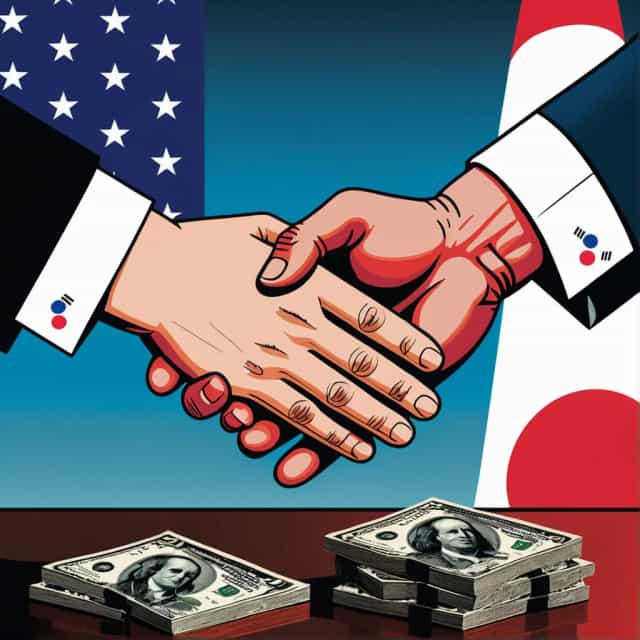
Image source: Block Media
Federal Reserve's Dual Rate Cut: Implications and Insights for the U.S. Economy
Federal Reserve Signals Two Rate Cuts by Year-End
Stephen Miran, a Federal Reserve Board Member, anticipates two additional interest rate cuts in 2023 as the U.S. economy faces mounting pressures. Speaking at CNBC's "Invest in America Forum" in Washington, D.C., Miran outlined his forecast, pointing to economic uncertainty and external risks as key drivers behind the Fed's decision-making process.
With the Federal Reserve’s next policy meetings scheduled for October 28-29 and mid-December, market expectations align closely with Miran's predictions. According to the CME FedWatch Tool, the likelihood of an October rate cut is pegged at 96.7%, while a December reduction carries a 95.8% probability.
How U.S.-China Trade Tensions Shape Monetary Policy
Renewed U.S.-China trade tensions are exerting significant influence on the Federal Reserve's upcoming policy decisions. Miran noted that a recent breakdown in trade negotiations between the two countries introduces fresh risks to economic stability.
Citing China's withdrawal from previously established trade agreements in Geneva, London, and Madrid, Miran stressed that such developments disrupt the progress made earlier this year. He highlighted the positive economic momentum following key trade agreements and tax reforms but warned that this momentum is now under pressure due to escalating uncertainties.
"As policymakers, we must account for emerging risks," Miran said. "Uncertainty has slightly increased, and we need to respond accordingly. This should be reflected in forthcoming policy adjustments."
The Federal Reserve's cautious approach earlier this year was largely influenced by trade volatility. Miran now asserts that the increased unpredictability underscores the rationale for rate cuts at the central bank's next two meetings.
Labor Market and Inflation: The Balancing Act
The Federal Reserve faces the challenge of maintaining equilibrium between fostering economic growth and controlling inflation. Michelle Bowman, another member of the Federal Reserve Board, echoed Miran's sentiment, supporting the likelihood of consecutive rate cuts through the year-end if labor market conditions align with expectations.
Currently, the labor market remains a critical pillar of the Fed's economic outlook. Federal Reserve Chair Jerome Powell previously emphasized the importance of stabilizing job growth, warning that any significant slowdown could pose a serious threat to the U.S. economy.
"Balancing the opposing risks of economic slowdown and inflation requires a nuanced approach," Powell stated. He underscored the Federal Reserve's commitment to closely monitoring employment dynamics while managing inflationary pressures.
History of Recent Rate Adjustments
The Federal Reserve's most recent rate cut occurred last month, with a 0.25 percentage point reduction that adjusted the target range to 4.00%-4.25%. This marked the first rate cut since December of the prior year. The decision was supported by key board members, including Bowman and Christopher Waller, who argued that the prevailing trade policies were unlikely to trigger sustained inflation.
Instead, both Bowman and Waller prioritized labor market stability and highlighted the importance of addressing global uncertainties. With evidence of slow job creation compounding the risk of an economic downturn, the Fed has shifted its focus toward preemptive measures such as rate reductions.
Conclusion: Rate Cuts as a Strategic Response
The Federal Reserve's anticipated rate cuts reflect the institution's proactive stance in addressing both domestic and global challenges. Renewed trade tensions, labor market dynamics, and inflation control remain central to the Fed's deliberations.
By signaling policy adjustments ahead of its October and December meetings, the Federal Reserve demonstrates its commitment to economic resilience. As Miran, Bowman, and Powell collectively emphasize, a carefully balanced approach involving rate reductions will be key to navigating the evolving economic landscape.










